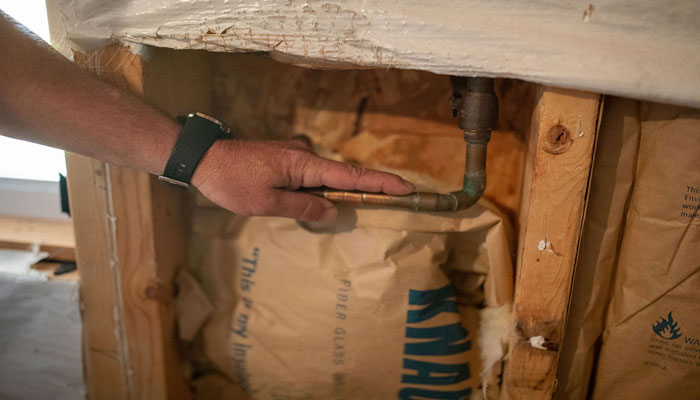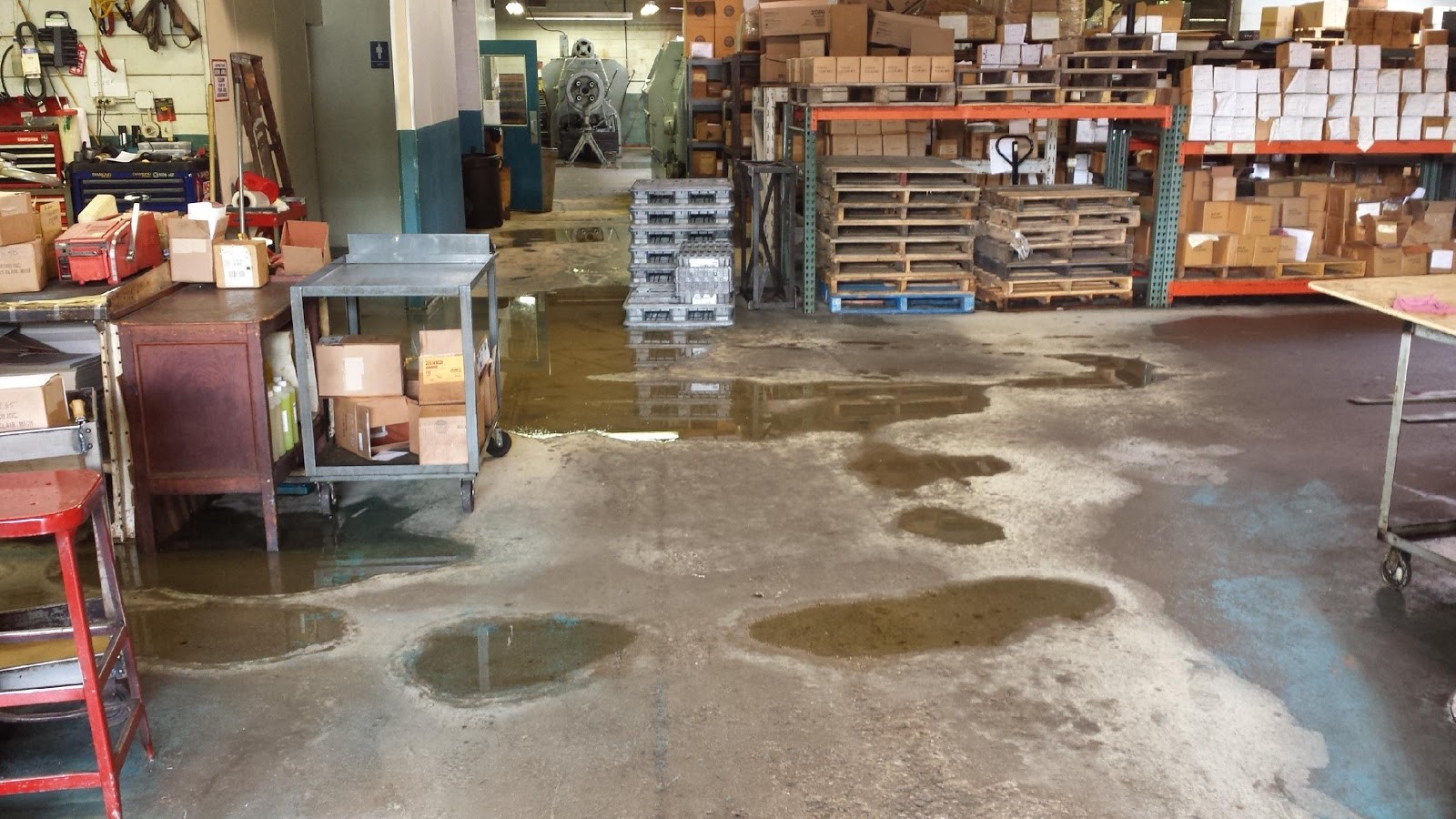Detecting a Busted Pipe and Quickly Executing Effective Solutions
Detecting a Busted Pipe and Quickly Executing Effective Solutions
Blog Article
Just how do you feel when it comes to How to Prepare for Your Dishwasher Installation?

A ruptured pipe is a significant emergency; you can only stand as you see water you pay dearly to reunite with the planet. In even worse situations, you see a pool on your kitchen area flooring, which is a great trip threat, particularly if you have children around. If the pipeline that burst was in your wall surfaces, problem: you might require to repaint that whole section.
Just how can a catastrophe like a ruptured pipe be protected against and taken care of? Well, by paying attention to your specialist emergency plumbing professionals and adhering to these regulations.
Exactly how do I understand when my pipes have ruptured?
Fluctuating water stress
Pipelines do not simply burst in a day. You might have seen that your kitchen area faucet or shower doesn't run quickly when you turn the faucet. It might stop for a few seconds and after that blast you with even more pressure than typical.
In various other circumstances, the water might appear typical in the beginning, after that drop in pressure after a few seconds.
Damp wall surfaces as well as water discolorations
Before a pipeline bursts, it will leakage, the majority of times. If this persistent dripping goes undetected, the leakage might finish into a vast gouge in your pipeline. One simple method to prevent this emergency is to keep an eye out for damp walls ad water stains. These water discolorations will lead you right to the leak.
Puddles under pipes and sinks
When a pipe bursts, the outflow forms a puddle. It may appear that the puddle is growing in size, as well as regardless of the number of times you mop the puddle, in a few minutes, there's one more one waiting to be cleaned. Typically, you might not be able to trace the puddle to any visible pipelines. This is an indicator to call a specialist plumber.
Untraceable dripping noises
Pipe ruptureds can take place in one of the most undesirable locations, like within concrete, inside walls, or under sinks. When the house goes quiet, you may have the ability to listen to an aggravatingly consistent leaking noise. Even after you have actually examined your shower head as well as cooking area faucet, the leaking may proceed.
Beloved visitor, the leaking may be originating from a pipeline inside your wall surfaces. There isn't much you can do regarding that, other than inform a professional plumber.
Shut down the Water
When water freezes, it expands in quantity by concerning 9 percent. As well as it expands with incredible force: The stress inside pipelines may go from 40 pounds per square inch to 40,000 psi! No pipeline can hold that much pressure, so it bursts. The break might occur where the ice forms, yet regularly, it happens where water pressure locates a vulnerable point in the pipe. That might be inches or even feet from the icy location. Discover the water shutoff valve and also shut off the water to prevent even more damage. You could likewise require to turn off the power also, depending on where the leakages occurs as well as how large it is.
Polluted water
Many people presume a ruptured pipe is a one-way outlet. Fairly the contrary. As water drains of the hole or tear in your plumbing system, impurities locate their method.
Your water might be polluted from the source, so if you can, check if your water tank has any type of problems. However, if your drinking water is provided and purified by the city government, you should call your plumber instantly if you see or scent anything funny in your water.
What do I do when I identify a burst pipe?
Your water meter will certainly continue to run even while your water wastes. To decrease your losses, find the main controls and also turn the supply off. The water pipe are an above-ground structure beside your residential property.
How to Fix & Detect a Leaking Pipe
How Do I Know if a Pipe is Leaking?
Leak detection tests can help you determine if your pipe has a leak. Even if you don’t see an apparent leak, you should still conduct leak detection tests regularly to save water and money—and prevent major damage to your home.
Water meter. It can be helpful to figure out what your usual water meter usage numbers are and then monitor them regularly. To monitor your meter, first, turn off all water faucets in your home. Check the meter and write down the numbers. In a few hours, check the meter again. If the numbers have changed, you have a leak. Water gauge. Use a water gauge to test your water pressure. Your showerhead should produce a certain amount of water pressure based on its model and design. If the pressure is lower than it is supposed to be for that specific showerhead, your home likely has a leak. Puddles. Look inside your bathroom, laundry, and kitchen sink cabinets. Puddles around the cabinets or around toilets, tubs, showers, and washing machines indicate the presence of a leaking pipe. You may also notice loose tiles, peeling or flaking paint, or mold caused by water accumulation. Napkin test. Even if you don’t see any puddles, you may still have a leak. You can test for water leaks in the bathroom, laundry, and kitchen by wiping below-sink connections with a napkin, paper towel, or piece of toilet paper. If it becomes damp, you probably have a leaking pipe under the sink. Discolored walls. Walls that are discolored—usually with brown or yellow stains—or bulging might mean that they have been impacted by water damage caused by a leaking pipe. Smell. A leaky pipe will create sitting water, and over time, that water may develop a musty smell. If your home smells musty, but you can’t locate the source, it may be due to a leak. Steps for Fixing a Leaking Pipe
A leaky drain can be remedied by tightening the pipe base, replacing the drain seal, caulking the rim, and tightening the pipe nut. Similarly, a leaking toilet pipe can be treated by tightening the packing nut. You may also need to replace the valve. A leaky faucet may just need tightening or replacement of the washers. If that doesn’t work, consider replacing your faucet. If your pipe has a hole in it, you may want to use a pipe leak sealer or pipe leak tape. This quick fix for water pipe leaks can also temporarily fix a copper pipe leak. https://www.ahs.com/home-matters/quick-tips/how-to-tell-if-pipes-are-leaking/

I am very curious about How to Install and Connect a New Dishwasher and I'm hoping you appreciated our entry. Enjoyed reading our article? Please share it. Let someone else locate it. I enjoy reading our article about How to Install and Connect a New Dishwasher.
Free Quote Report this page